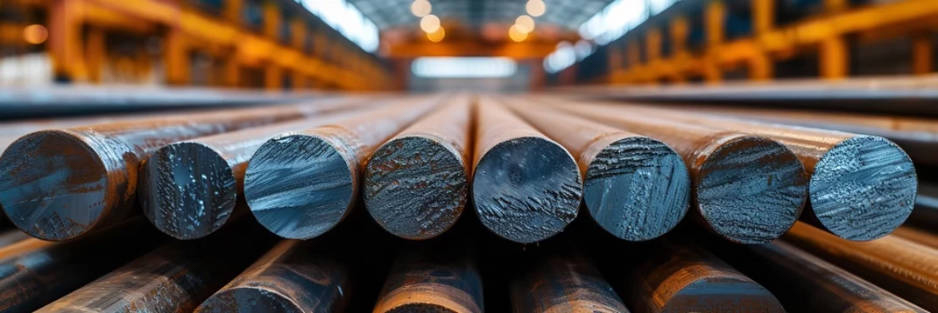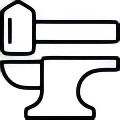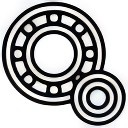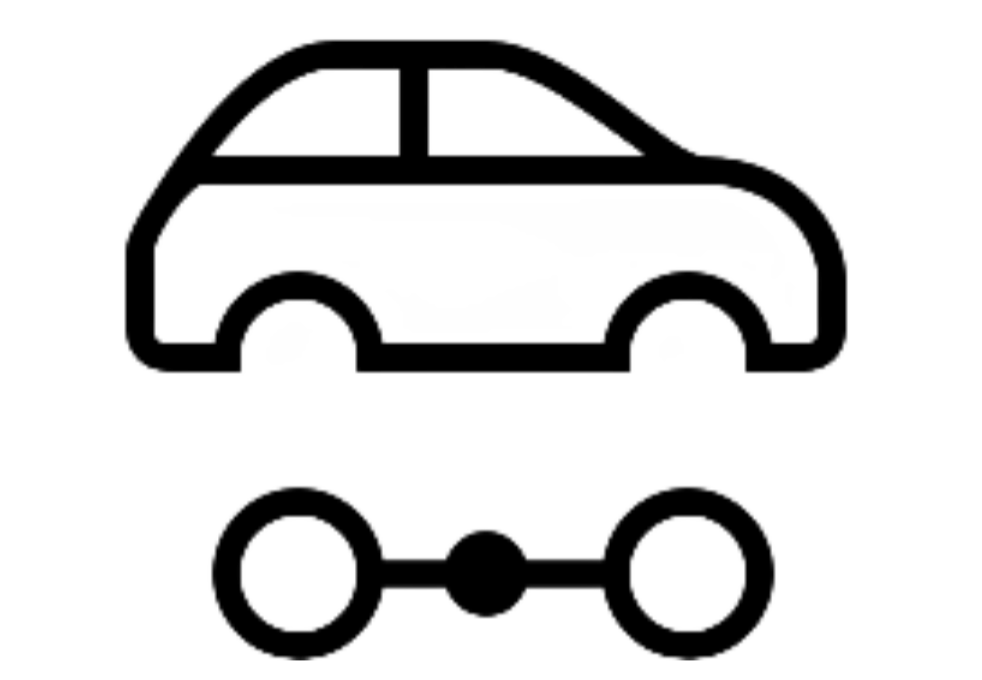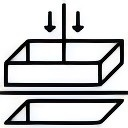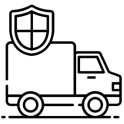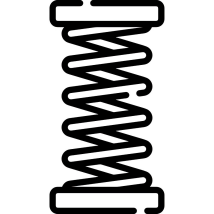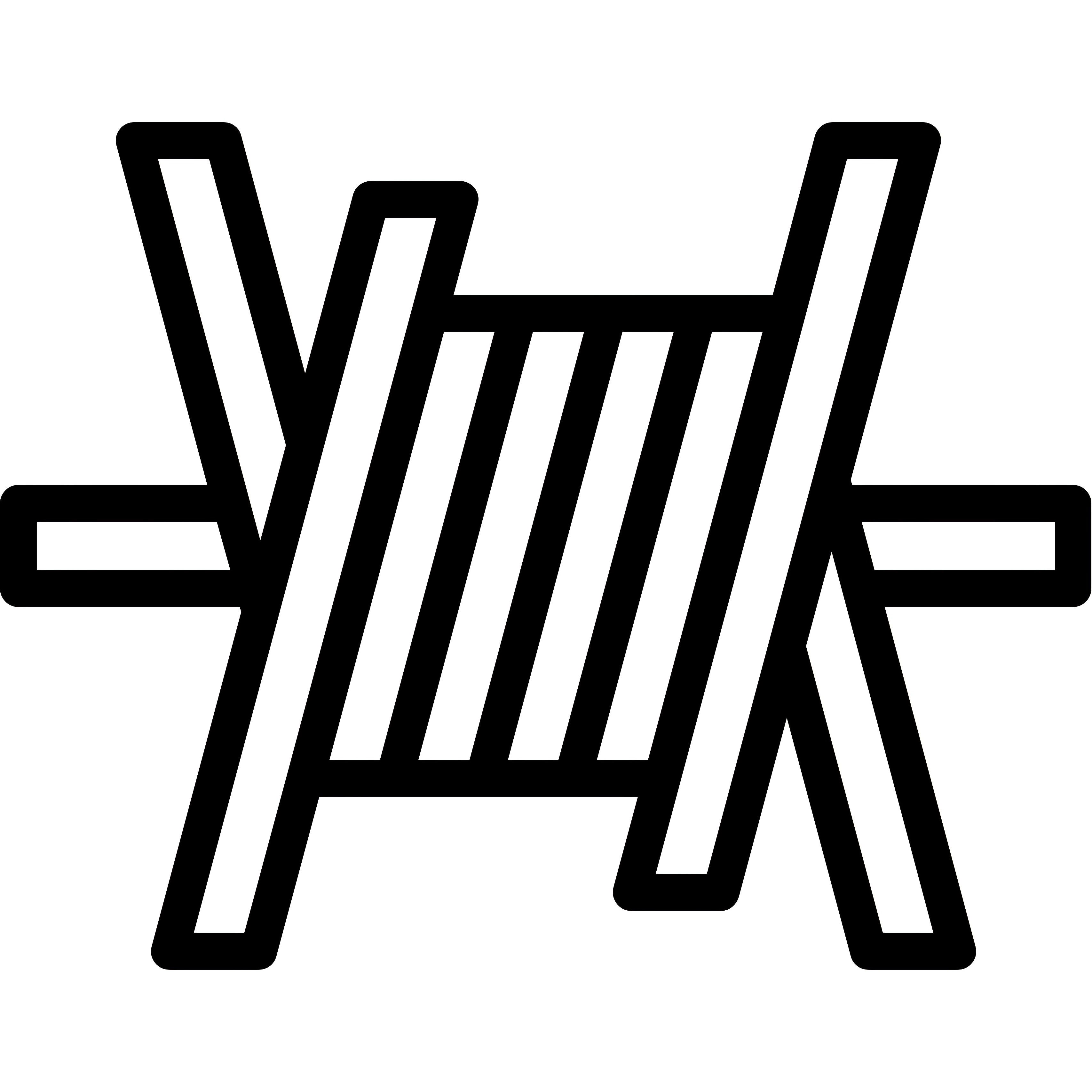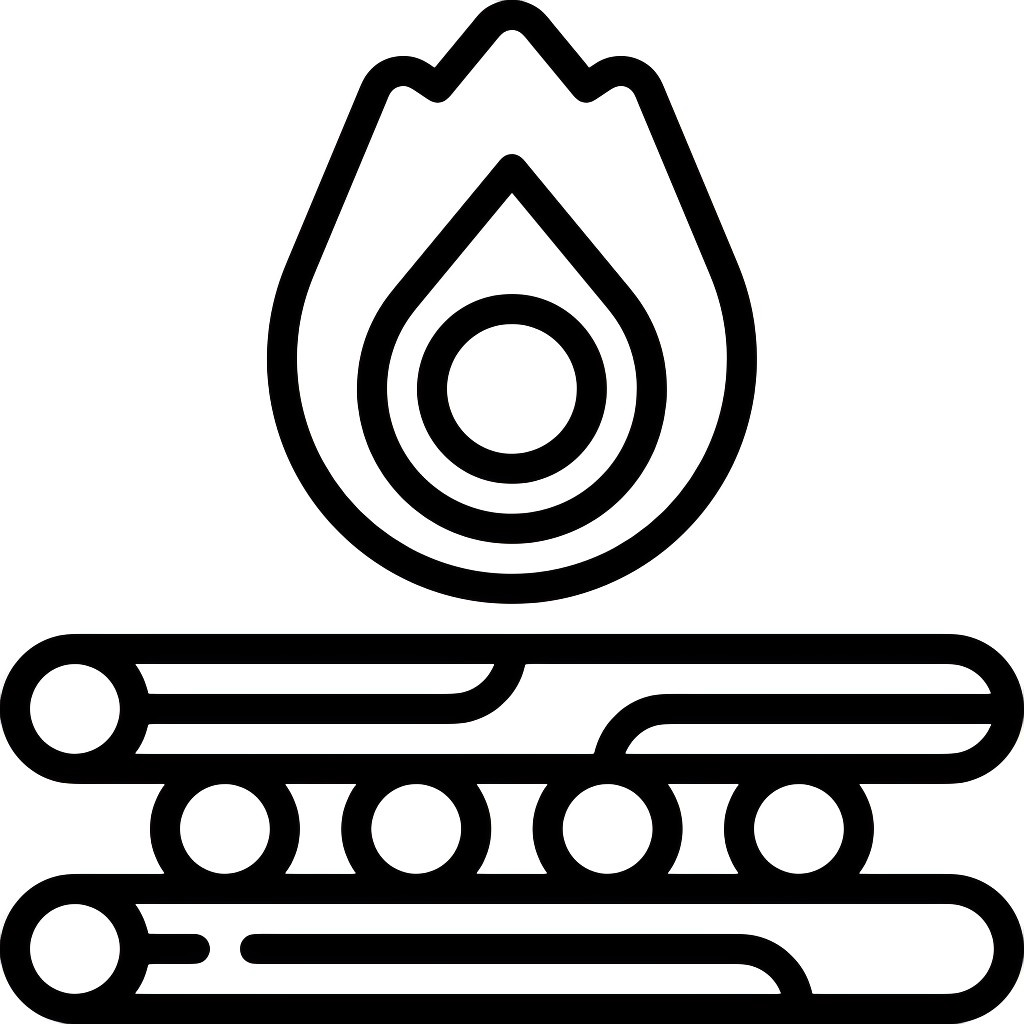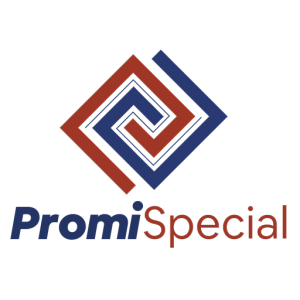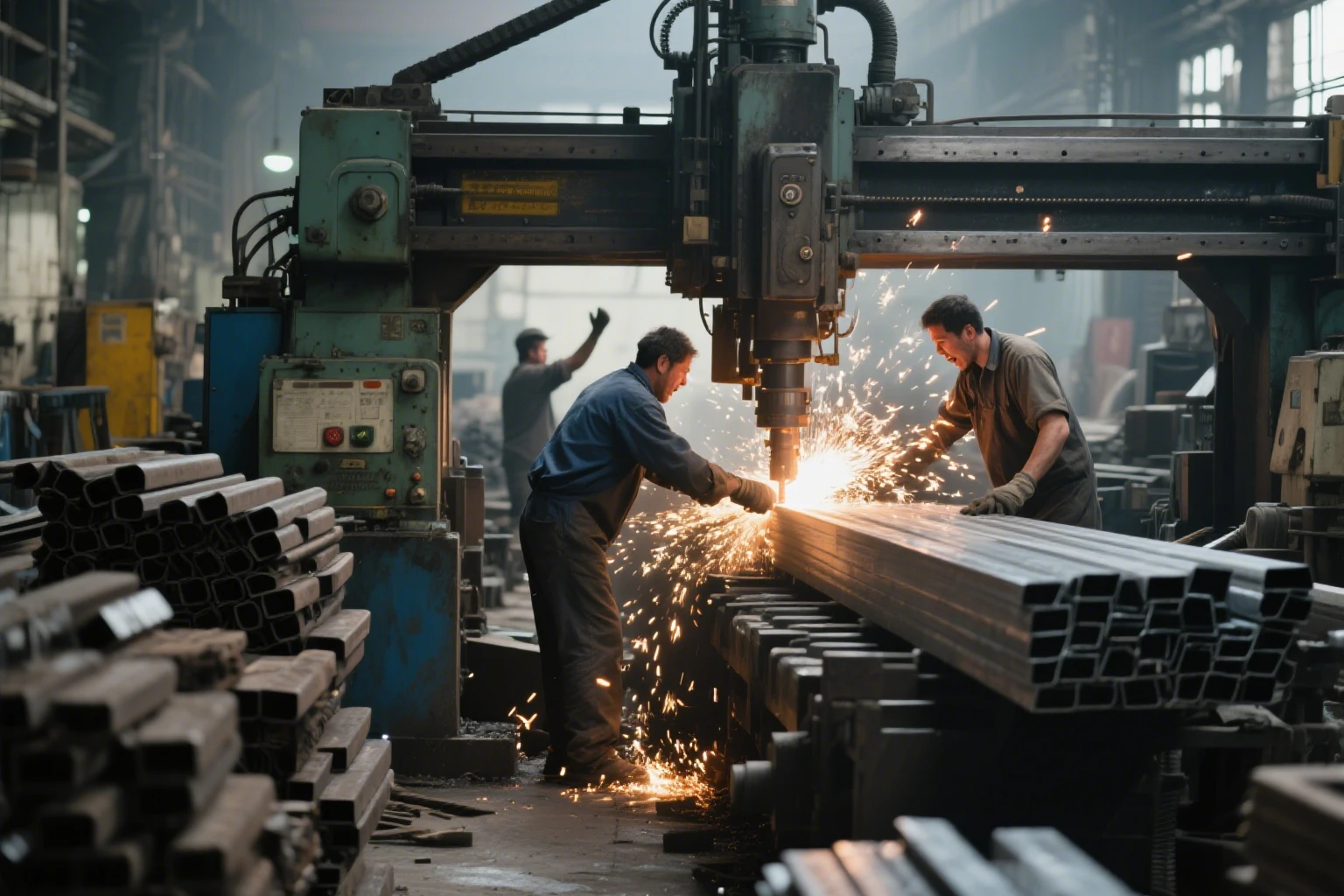The Dual Forces Reshaping Global Steel Trade
The steel export industry faces a historic inflection point in 2024. Two seismic events—the 90-day US-China tariff truce and the IMO’s approved global carbon tax framework—are creating urgent opportunities and systemic challenges. With container shipping demand from China to the U.S. spiking 300% (Times of India) and carbon costs projected to add $380/ton CO₂ for non-compliant vessels by 2028 (ShipUniverse), exporters must act decisively. This analysis provides a roadmap to capitalize on short-term trade winds while building long-term climate resilience.
US-China Tariff Window: 90 Days to Capture $12B in Urgent Demand
The Opportunity Matrix
- Tariff Cuts: Chinese steel tariffs drop from 125% → 10%, U.S. duties from 145% → 30% (Business Insider)
- Demand Surge: Instant 27% spike in China-US West Coast freight rates (WSJ), with 40-foot container rates hitting 6,200 (vs. Q1 average of 4,800)
- Inventory Dynamics: U.S. manufacturers’ steel inventories at 39-day supply—lowest since 2022 (ISM Data)
Case Study: How Vietnam’s Hoa Phat Steel Captured 18% Market Share
During the 2022 tariff pause, Hoa Phat:
- Pre-negotiated 30% freight discounts with COSCO by guaranteeing 15,000 TEU/month
- Launched ”Tariff Countdown Dashboard” for U.S. buyers showing real-time landed cost savings
- Secured $220M in new orders within 60 days through targeted Amazon Business/Thomasnet ads
Action Plan for Exporters
- Priority 1: Lock in freight via ”Take-or-Pay” contracts before June GRI increases
- Priority 2: Reconfigure pricing models using Tariff-Sensitive Cost Calculators (see Tools Section)
- Priority 3: Target industries with urgent restocking needs:
- Construction (U.S. infrastructure bill drives rebar demand)
- Auto Parts (EV battery frame steel orders up 41% YoY)
IMO Carbon Tax: Turning a $380/ton Liability into Competitive Advantage
The Compliance Countdown
- 2028 Thresholds: Ships exceeding 15g CO₂/ton-mile pay 100−380/ton (IMO)
- Cost Projections: Asia-Europe steel shipments face 18-35% cost hikes (Maersk Impact Report)
Innovators Leading the Charge
- Tata Steel + Maersk: Co-developed ”Green Corridor” using bio-methanol vessels, cutting CO₂/ton by 52% vs industry average
- Nippon Steel’s Blockchain Play: Digital CO₂ certificates slashed customs delays by 8 days in EU CBAM trials
- POSCO’s Logistics Hedge: Bought ICE EUA Carbon Futures to offset 2028 costs at 2024 prices
5-Step Decarbonization Framework
- Baseline Audit: Use free tools like Siglar Carbon Analytics to map Scope 3 emissions
- Tech Partnerships:
- Alternative Fuels: Test ammonia-ready vessels via Mitsui OSK Lines
- AI Routing: Adopt Windward’s platform to reduce voyage emissions by 12-19%
- Financial Engineering:
- Green LC discounts: HSBC offers 0.5% rate cuts for shipments under 50kg CO₂/ton
- Carbon hedging: CME Group’s new Freight+Emissions Futures
- Marketing Leverage: Certify shipments via Smart Freight Centre’s GLEC Framework
- Policy Advocacy: Join the Global Steel Climate Council to shape carbon tax exemptions
Future-Proofing Your Export Engine: Integrated Strategies
The 4D Advantage Model
A. Data-Driven Agility
- Toolkit:
- TradeLens (Real-time tariff/carbon rule updates)
- Xeneta (AI-powered freight benchmarking)
- Success Story: South Korea’s Dongkuk Steel used machine learning to:
- Predict tariff extensions with 89% accuracy
- Auto-adjust bids across 22 trade lanes
B. Multi-Corridor Diversification
- Emerging Routes:
- India-US: 34% faster approvals under IPEF
- Vietnam-EU: EV steel enjoys 7% duty cuts via EVFTA
- Nearshoring Case: Thyssenkrupp’s $700M Texas Plant avoids 28% total landed costs vs Asia imports
C. Dynamic Pricing Systems
- Best Practice: ArcelorMittal’s ”Carbon-Weighted Pricing”
- Low-emission steel: $15-30/ton premium
- Integrated real-time IMO/CBAM costs into quotes
The Clock Is Ticking—Your 2025 Playbook
The steel trade’s new equation balances 90-day urgency against 4-year transformation. Companies that:
- Exploit the tariff window through aggressive inventory push
- Embed carbon costs into 2025-2028 CAPEX plans
- Build digital-first, multi-corridor networks
will dominate the next decade. Promispecial’s Global Trade Intelligence Hub provides continuously updated tools:
- Interactive IMO Tax Simulator
- Live Container Rate Heatmap
- CBAM Compliance Checklist

